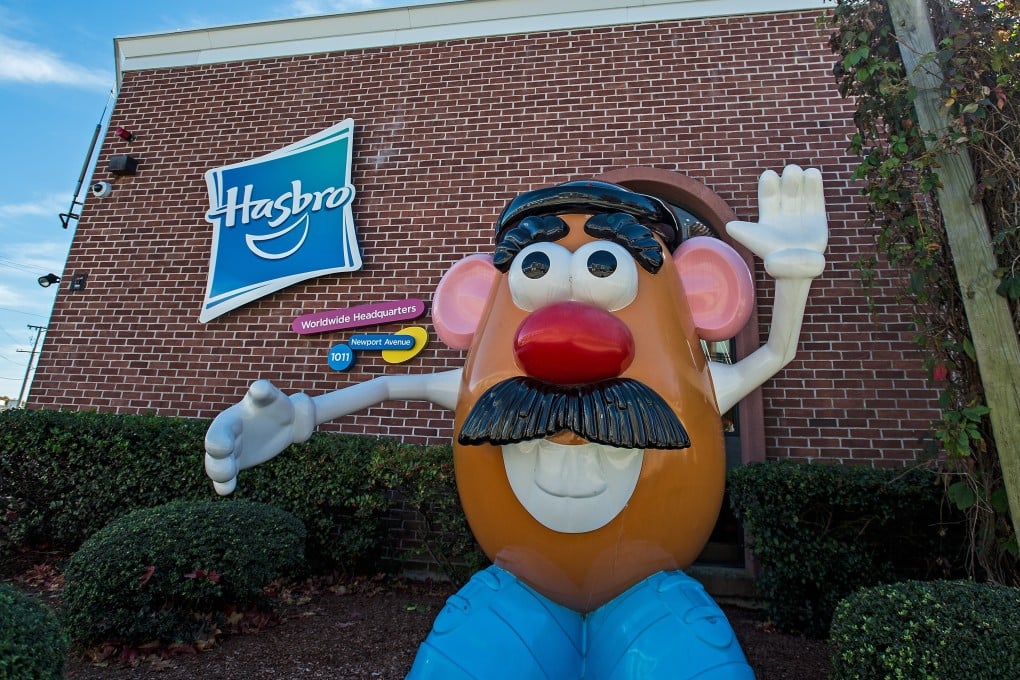The unlikely story behind Mr Potato Head
Before Disney’s Toy Story films, the Hasbro product was the first toy advertised on television, and also the first marketed directly to kids – Baby Boomers, to be precise

In 1949, George Lerner came up with an idea for a new toy that went on to become one of the most popular of all time, selling more than one million units in just its first year of production. It was a little kit of parts – multicoloured bits made of that exciting new material developed during the Second World War: plastic. The toy was composed of different-shaped noses, eyes, hats, moustaches, ears, arms – that could be plugged into an actual potato or carrot to create a silly plaything for kids. (Yeah, it wasn’t exactly a PlayStation.)
Lerner’s idea was to have the big breakfast-food companies include Silly Face Man (its original name) in cereal boxes as a giveaway toy. (Back then, no kid would consider choosing a cereal that didn’t have a small gift inside.) Post Cereals bought it but decided not to proceed, so within a couple of months, Lerner and his new partner, Hasbro, bought back the design and devised a new plan and name: Mr Potato Head.
Now this was at the peak of America’s post-war economic boom, a momentous time: platoons of war veterans came home, got married, and started a baby boom, so by 1952 there were millions of preschool children bopping around. These bundles of joy quickly became an interesting demographic for advertisers, especially those representing companies selling breakfast cereal, candy and toys that kids could pester their parents to buy.

In addition, because of the alarming 1952 polio epidemic that killed thousands of people in the US, kids were sequestered at home, away from anywhere that they could be exposed to the disease.
Around the same time, television came into its own: in 1946 there were about 20,000 television sets in the US; by 1948 that had grown to 350,000; and just four years later the number exceeded 15 million. Less than 1 per cent of American homes had TVs in 1948 but 32 per cent did by 1952. So when Mr Potato Head was launched, legions of Baby Boomer kids were sitting at home watching new TVs with new content directed specifically towards them. In fact, Mr Potato Head was the first toy advertised on television, and also the first marketed directly to kids. (Before that, toy advertisements were directed at parents.)
It was a runaway hit, but because parents were sick of finding potatoes mouldering behind sofas and under beds, in 1964 Hasbro created a plastic potato for the plastic parts.
The thing was designed long before any real awareness of child safety, so its sharp parts (to jam them more easily into a vegetable) could give you a nasty cut and were just small enough that they could be swallowed or worse. After too many kids choked or stabbed themselves with the pieces, the government introduced new child safety legislation in 1974. Hasbro redesigned the toy, increasing the size of its parts and softening the sharp edges of the pins used to stick into the potato “head”.